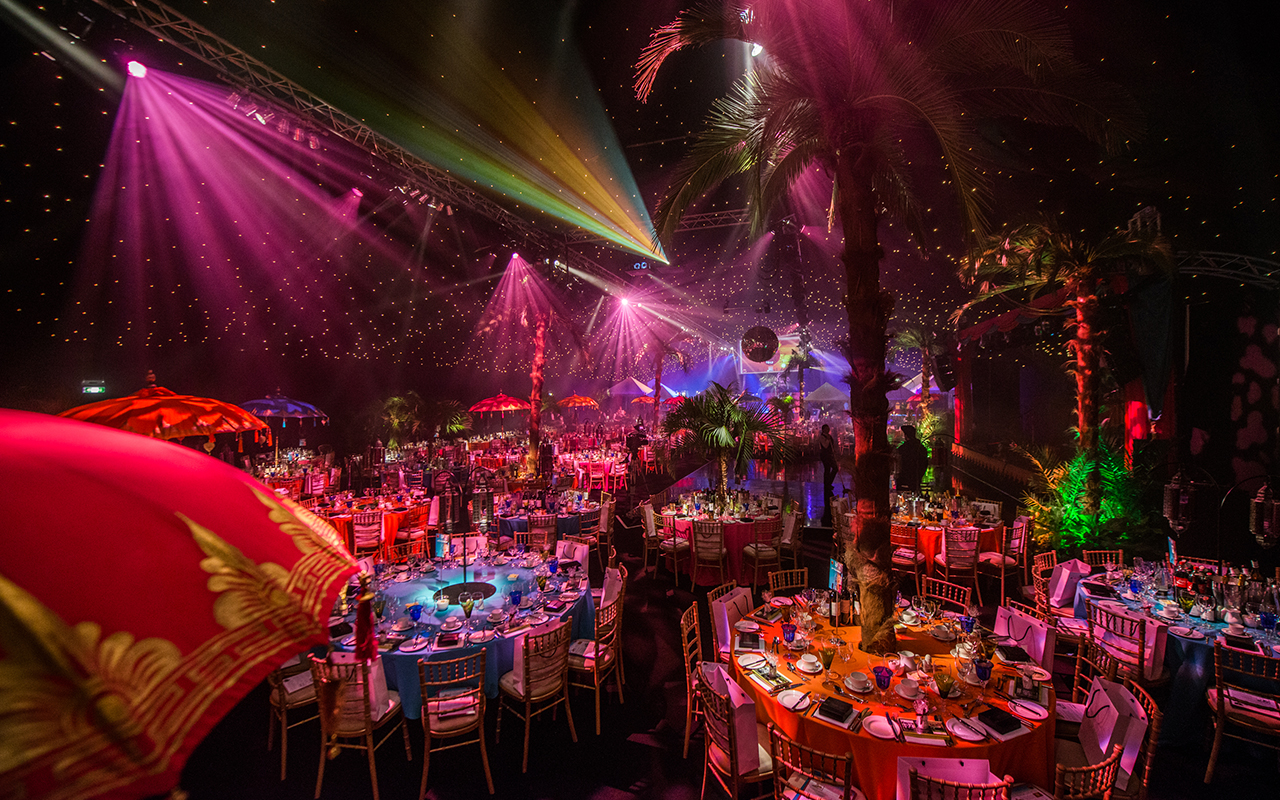Benefits of Light Emitting Diode Video Screens Over Conventional Projector Systems for Modern Graphic Presentations
Benefits of Light Emitting Diode Video Screens Over Conventional Projector Systems for Modern Graphic Presentations
Blog Article
Light Emitting Diode video walls have become progressively favored in multiple environments, such as educational institutions, corporations, and leisure venues. These advanced visual systems offer several benefits over traditional projection technologies. Recognizing these advantages can help companies make knowledgeable decisions about their visual needs. This piece will explore the key advantages of Light Emitting Diode video screens, including brightness, image quality, adaptability, maintenance, and energy conservation.
One of the most significant advantages of Light Emitting Diode video screens is their brightness. Light Emitting Diode tech produces vibrant and radiant pictures that can be readily seen in multiple illumination conditions. Unlike conventional projectors, which can have difficulty in well-lit settings, Light Emitting Diode display walls maintain their sharpness and hue accuracy even in well-lit spaces. This makes them ideal for outdoor events or places with large windows. The high luminosity levels ensure that the material displayed is always clear, making it easier for audiences to engage with the information being presented.
In furthermore to brightness, LED video screens provide superior image clarity. They offer higher definition and improved color rendering compared to conventional projection systems. This means that images and footage displayed on an LED screen appear crisper and more defined. The dot density of LED screens allows for close viewing without losing sharpness, which is especially crucial in settings like exhibition fairs or conferences where viewers may be nearby to the screen. Furthermore, Light Emitting Diode technology can produce richer blacks and more intense hues, enhancing the complete aesthetic experience.
Flexibility is another key benefit of Light Emitting Diode display screens. These systems can be arranged useful site in multiple dimensions and shapes to fit varied areas and aesthetic requirements. Unlike traditional projection systems, which require a particular spacing from the display to operate properly, LED video screens can be set up in a range of settings. They can be bent, tiled, or even used in innovative layouts to create distinct display exhibits. This adaptability allows companies to tailor their visual exhibits to suit their specific needs, making Light Emitting Diode display screens a flexible choice for any setting.
Maintenance is also a critical consideration when contrasting Light Emitting Diode display walls to traditional projection systems. LED screens generally require fewer upkeep over time. Traditional projectors often need bulb replacements and regular maintenance to maintain optimal functionality. In comparison, LED technology has a longer duration and does not require regular changes. This reduces downtime and maintenance costs, making LED video walls a more economical solution in the long run. Organizations can focus on their presentations rather than concerned about the maintenance of their visual systems.
Lastly, energy conservation is an essential factor for many companies. Light Emitting Diode display screens consume fewer energy compared to conventional projector technologies, which can lead to significant savings on energy costs. This is especially beneficial for businesses and locations that operate displays for long times. Additionally, the reduced power usage of Light Emitting Diode tech contributes to a lowered ecological footprint, making it a more eco-friendly choice. By selecting LED video walls, organizations can enjoy premium display screens while also being considerate of their power consumption and environmental footprint.
In conclusion, LED video walls offer many advantages over conventional projector technologies. Their luminosity, image clarity, adaptability, minimal upkeep requirements, and energy efficiency make them an excellent choice for contemporary display screens. As innovation continues to advance, LED display screens are likely to grow even more prevalent in various settings, providing organizations with the tools they require to efficiently convey and interact with their audiences.